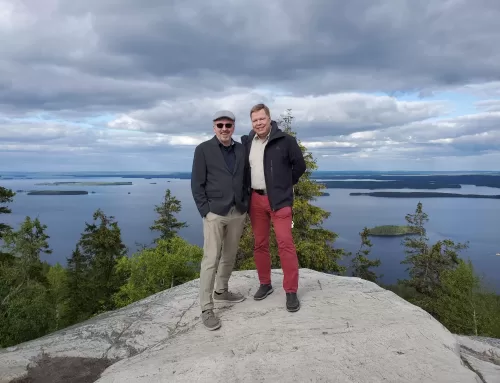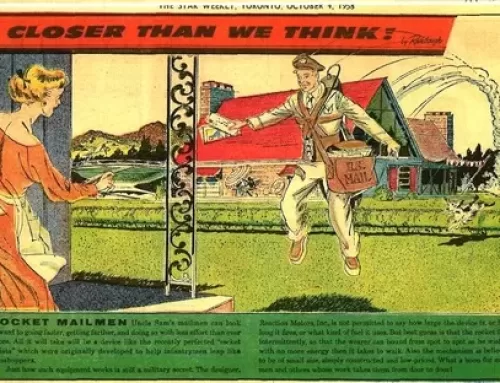A Wired article recently featured some data with important implications on the short term outlook and long term management of wildfires in California. The elephant in the room of course is climate change: “Climate change didn’t invent wildfires, but according to the data, it’s making them worse… With global warming, though, the state is in a severe drying trend in the autumn.” Such a large scale problem requires global solutions. Even a nationwide green new deal would be inadequate to truly slow it down, not to mention the issue of committed warming. All in all the issue is here to stay at least for the near future. So what can California do?

There are a few particular circumstances that if dealt with could at least reduce the incidence and severity of wildfires in California. Regulations like fire codes can help, but as the article states “fire codes only go so far. ‘One of the weaknesses is that it’s really difficult to actually enforce that,’ says Crystal Kolden, a fire scientist at the University of Idaho. ‘The enforcement falls on the local municipal agencies and fire departments, and oftentimes they simply don’t have the resources.’” There’s a certain amount of diffusion of responsibility, or outright denial among builders/owners in this regard that may be impossible to adequately address, especially in the short term.
Another issue the article addresses is the lack of controlled burns in the state. For reference Southwestern United States given the same amount of land burns about 20x the acreage in controlled burns that California does. It’s true that they have different population densities and different vegetation, but such controlled burns can help mitigate and reduce the dangerous, unpredictable wildfires we’re seeing today. – “‘There’s really good scientific evidence that the tree density in the Sierra Nevada right now is much higher than it was in the pre-European settlement period,’ according to Kolden. ‘That’s very much a product of 100 years of fire suppression.’”
Firefighter training is also under a lot of stress. In a perfect world, or even a world not long ago there was an effective division of labor. City firefighters knew how to respond to burning buildings, and wildland firefighters knew how to fight wildfires. Each situation requires completely different gear and training. In today’s California however, the fires are becoming one and the same and firefighters are forced to be increasingly out of their element. It should also be noted that some firefighters are prisoners earning as little as $2 per day for this dangerous work.
On the plus side there are positive examples of places that when prepared properly were able to pull through relatively unscathed. The city of Montecito had been proactive, removing brush, and clearing defensible spaces around housing, and making information available to local firefighters. When the time came and their city was threatened they pulled through with minimal damage. However it’s important to note that Montecito is a small very wealthy city that had an aware and invested community in protecting their homes from wildfires. Larger and poorer cities could make adjustments of their own, but they’d likely have to do more with less resources, and a more apathetic community.
To sum up, the main problem isn’t going away anytime soon, so it’s best we focus on what is in our power. Many proactive plans will be costly, but not when compared to the property damage they will certainly prevent. Another issue not really covered in this article is that if indeed higher populations are a contributing factor, would it not be cost effective to support the population movement away from highest wildfire potential areas before disaster strikes, as opposed to rehousing them after? Such measures will be tough to push through without broad popular support that may not yet exist, but may well develop if these events continue. — Collin Sledge



